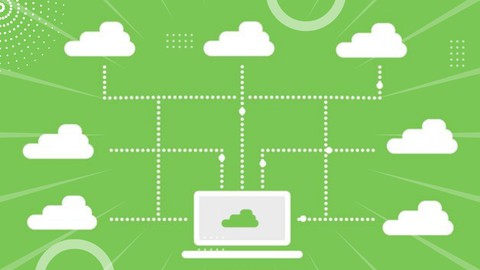Description
SDN (Software Defined Networking):
o The network architecture approach known as the Software-Defined Networking (SDN).
o Uses software applications that enable network to be intelligently and centrally controlled.
o Where you have a “Software” that runs, programmed and controlled your entire network.
o Through a software you be able to run, controlled and Administrate the entire network.
o The SDN gives network operators new ways to design, build, and operate their networks.
o With Software-Defined Networking SDN, we use a central controller for the control plane.
o The Software-Defined Networking controller could be physical hardware device or virtual.
o Provision, manage, and program networks more rapidly with software-defined networking.
o SDN provides choice in automation and programmability across Data Centers and WAN.
o SDN is an architecture designed to make a network more flexible and easier to manage.
SD-WAN:
o SD-WAN is applying Software-Defined Networking (SDN) to your WAN part of the network.
o Software-Defined Networking-WAN part that connects multiple networks through Internet.
o Software-Defined Networking-WAN you will administer and control the WAN by a software.
o Contains multiple layers to achieve this approach Application, Controller & Infrastructure.
o The SD-WAN lower costs and reduce risks with simple WAN automation and orchestration.
o Extend enterprise networks (such as Branch or On-Premises) seamlessly into public cloud.
o Software-Defined Networking-WAN provide optimal user experience for SaaS applications.
o The SD-WAN leverage a transport-independent WAN for lower cost and higher diversity.
o Enhance application visibility and use that visibility to improve performance with intelligent.
o Provide end-to-end WAN traffic segmentation & encryption for protect critical enterprise.
o SD-WAN Networks offer zero-touch deployment with advanced network security services.
o SD-WAN is a new architectural approach to building Wide Area Networks (WANs) Internet.
o Applications & network configuration is isolated from the underlying networking services.
o Networking services can be reconfigured, added, or removed without impacting network.
SDWAN:
SD-WAN offers enterprises flexible solutions to connect physical locations and remote users to each other and to control how mission-critical applications are routed through public and private network connections in real time. SD-WAN’s intelligent software can be seamlessly integrated alongside your current WAN. allows you to monitor network health and application performance in real time.

